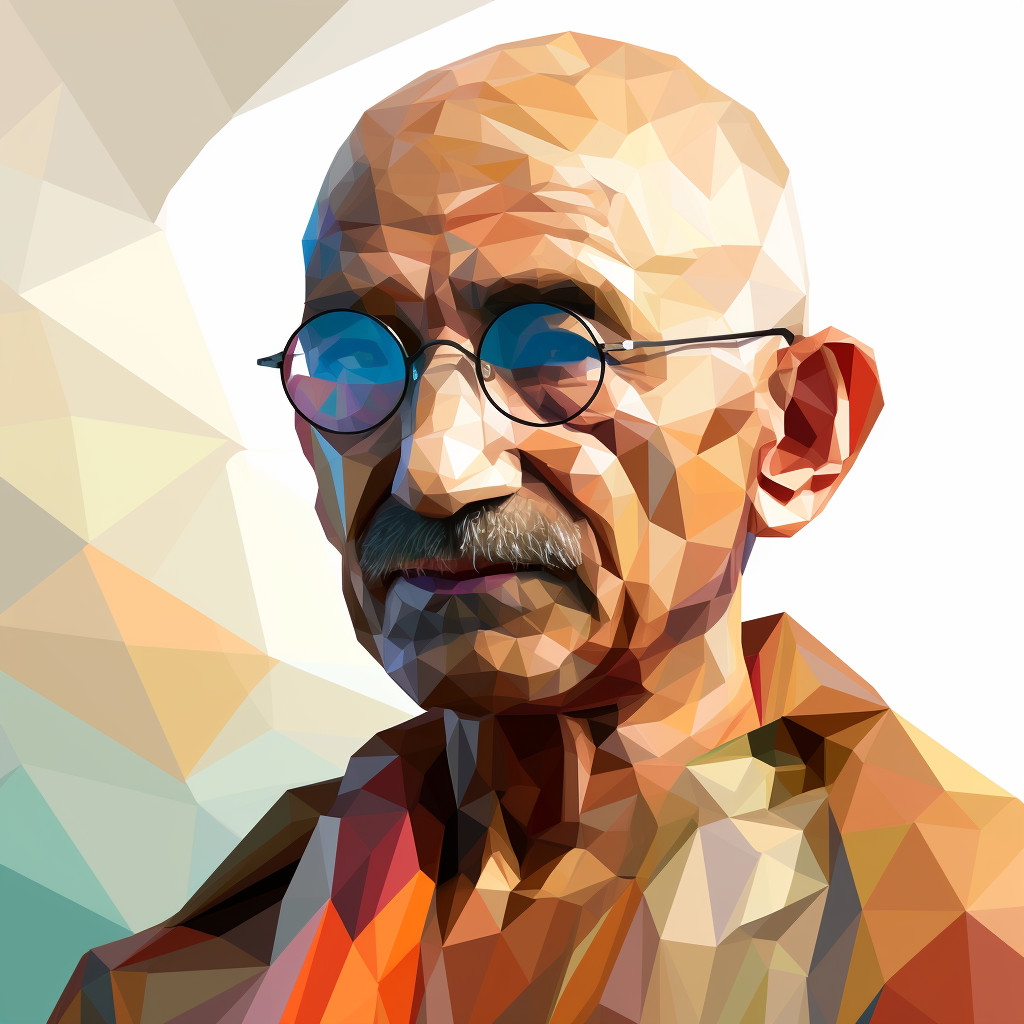This quote encapsulates the idea that there isn’t a singular ‘correct’ path to achieving a goal or reaching a destination. Instead, it emphasizes the importance of the end result rather than the journey taken to reach it. The roads we take might be different due to our individual circumstances, beliefs, experiences, and perspectives. It acknowledges the diversity of human experiences and the multiple ways in which we can achieve the same result.
In terms of depth, it suggests that the focus should not be on how we achieve something, but rather on what we achieve. It promotes the idea of inclusivity and acceptance of different methods, strategies, and paths. It also implies that there is no superiority or inferiority in the path chosen, as long as the destination is reached. This idea is a reminder that everyone has their own pace, their own journey, and their own unique way of understanding and interacting with the world.
Applying this to today’s world, it could be used in the context of education, where students may choose different paths of study but ultimately end up in the same profession. It could also be applied to social movements, where different groups might use different strategies and methods but are working towards the same goal, such as equality or justice.
In personal development, this quote can be a reminder that everyone’s journey is unique. Some may take a traditional path like going to school, getting a job, and starting a family, while others may travel, start their own business, or take a gap year. Despite these different paths, the ultimate goal might be the same: to be happy, fulfilled, and successful in one’s own terms. This quote can help individuals to be less judgmental of themselves and others, to be more accepting of different paths, and to focus on their own personal growth and goal attainment.




